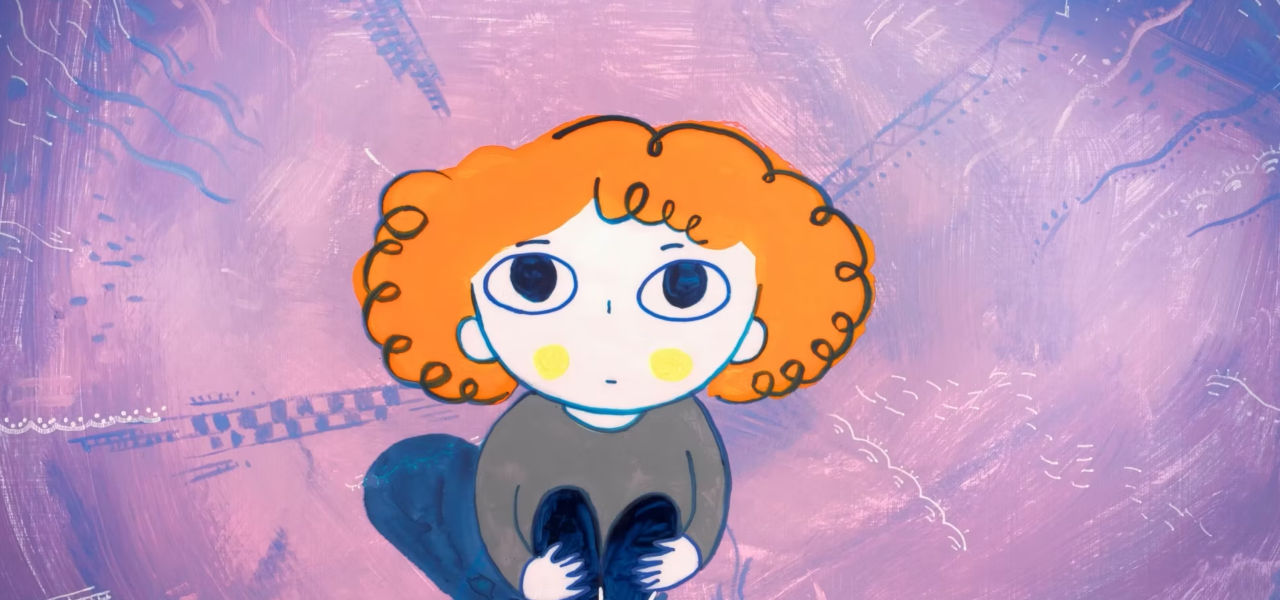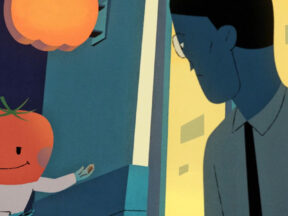

2024 Oscars Short Film Contenders: ‘Armat’ Director Élodie Dermange
Welcome to Cartoon Brew’s series of spotlights focusing on the animated shorts that have qualified for the 2024 Oscars. There are several ways a film can earn eligibility. With these profiles, we’ll be focusing on films that have done so by winning an Oscar-qualifying award at an Oscar-qualifying festival.
Today’s short is the Swiss documentary Armat from director Élodie Dermange. Nadasdy Film produced the film, which earned its qualification by winning the Golden Pegasus grand jury prize at Animator International Animated Film Festival in Poland.
In the film, Élodie tries to learn more about her family’s Armenian origins. She interviews her father, uncle, and great-aunt and discovers a harsh history where violence and the inability to express love are passed down from generation to generation.
Cartoon Brew: This is an autobiographical film. Can you talk about researching your family’s history and the challenges of sharing it on screen?

Élodie Dermange: I always knew that my family was part Armenian, but nothing more than that. The rest was taboo. The only thing I could remember as a link to Armenia was a huge cabinet in the living room of my grandfather’s house. When I started to record my family, people surprisingly started to talk a lot, not always about Armenia, but about the anger and the violence that still exists in the family today. At first, I didn’t want to put that in my movie. It took a while to understand that everything was linked. That family trauma transmits from one generation to the next.
Everything said in the recordings was new to me, even my father telling me he loves me. That was the first time that I heard it. Thanks to my movie, our relationship changed. And now, my father and I are much closer. We both feel relieved from something.
What made you want to tell this particular story, and why now?
It started from personal curiosity. Making a movie was the perfect excuse to ask questions. I was sure the truth was unique, original, and much more romantic. What I found didn’t meet my expectations at all. So much suffering, so much pain. I wouldn’t have done it if I had known all this before starting the movie. The story of the Armenian people is often sad and dark. The tragedies they suffered, and those suffered by many other groups of different origins, are still happening today.
What did you learn through the experience of making this film, either production-wise, filmmaking-wise, creatively, or about the subject matter?
I learned so much. I learned that people act with reason. If my grandfather was sometimes hard, it was because his father suffered and was hard on him. And if my father didn’t express his love for me, it’s because he never got that love from his father. I feel many people still experience the consequences of past wars, genocide, apartheid, and orphanhood. This is my most personal movie yet, and I never expected so many responses from people with complicated relationships with their families. Even though this is my story, it intimately touched many people.
Can you describe how you developed your visual approach to the film? Why did you settle on this style/technique?
I had this blue space in my head, and I wanted it to be painted. I took inspiration from Armenian painter Martiros Saryan for this project. And to represent anger, where can you find a better inspiration than Basquiat? Celluloid was an excellent way to paint the movie without having to paint every background repeatedly. It was very complex to shoot the film under the camera. We needed to clean every cel before taking the pictures. We also had to wear black to avoid reflections. My team did a fantastic job painting and shooting all the frames. There were paintings everywhere in the studio. It was really nice.
This interview has been edited for clarity.

